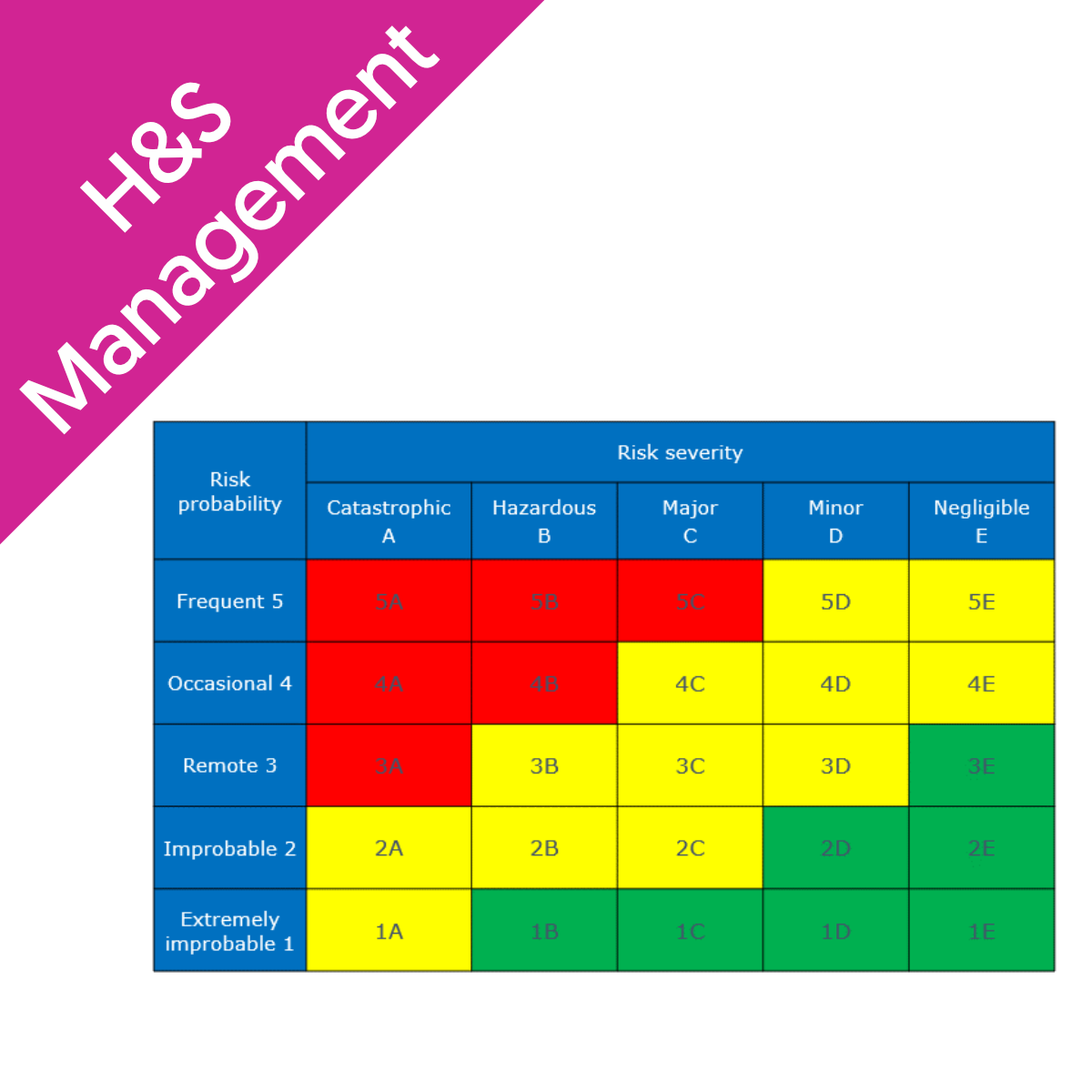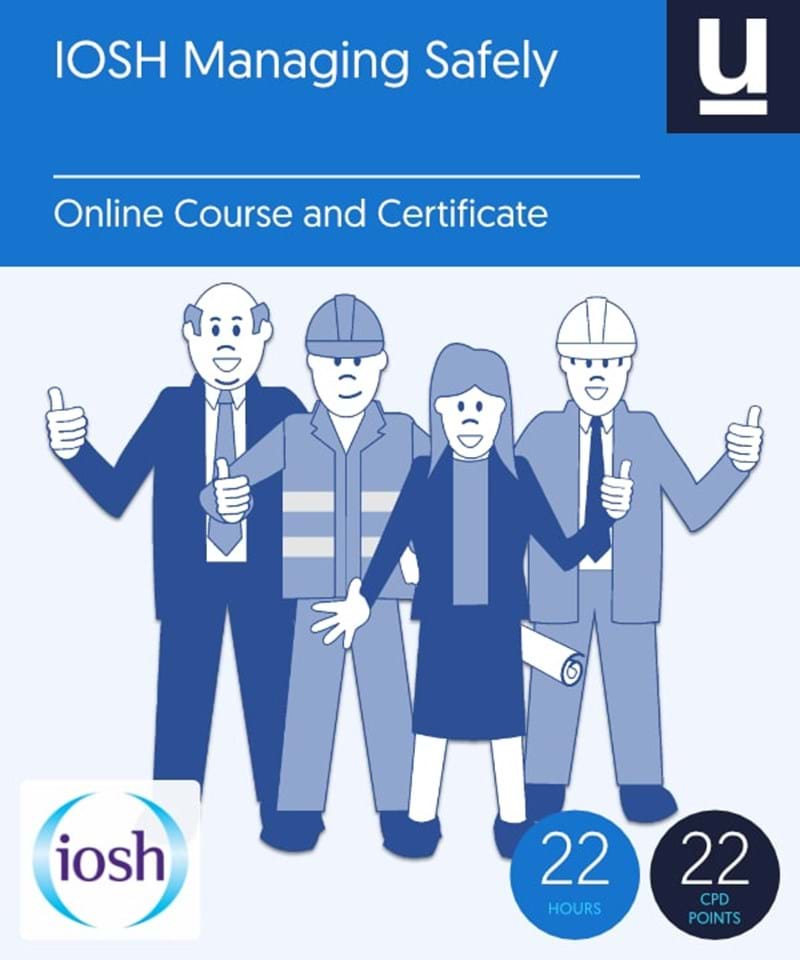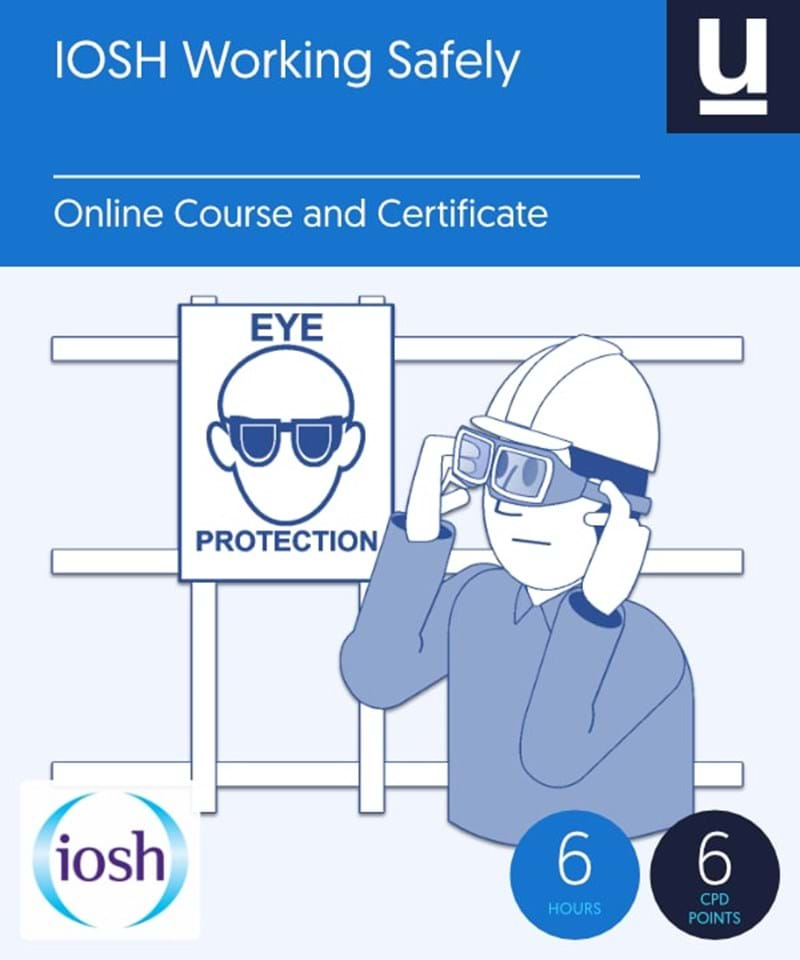
Summary
If you have a robust safety and health set-up within your company or organisation, establishing a safe system of work should be an automatic procedure, it should become ‘second nature.’ The establishment of a safe system of work should be a systematic examination of any task for the specific purpose of clearly identifying any potential hazards which could impact on the safety or health of any worker. Additionally, the safe system of work should define in easily understood terms the employment of safe working methods and practices that either eliminate any identified hazard(s) or minimises any associated risks.
The simple answer to this question is ‘all the time’. However, the situation is a little more complex as there is a more specific and detailed answer.
A safe system of work should always be adopted whenever any perceived risks involved with a working procedure cannot be eliminated. A simple example of this would be the use of a paint stripper by an employee of a decorating contractor firm. Because paint stripping is both toxic and corrosive, it presents a considerable danger to the person using it. Consequently, the task to be performed (stripping paint off an old door) needs to be assessed and, as a result, it is recommended that the employee wear protective gloves, a mask, and safety glasses. Additionally, the employee should be advised on the dangerous nature of the paint stripper. It should be explained what could happen if any paint stripper gest on his skin, in his eyes, or in his mouth and what they should do if such an event occurred. The employer must ensure that a first aid kit containing all the necessary supplies is readily available in the event of an accident. In addition, owing to the dangerous nature of the paint stripper, the employee should work in a safe designated area where no other employees should go.
In terms of safety and health, such working practices fall under the Control of Substances Hazardous to Health (COSHH) umbrella and is also covered by Commodious’ IOSH Working Safely Course in Module 4.
Correctly assessing a task is essential for creating safe working practices and minimising any impact on employee safety and health. This can be easily summed up as the following:
What – relates to the equipment used, potential consequences of equipment failure, toxic and electrical hazards, design limitations, and inadvertent machinery operation where relevant.
Who – relates to who is responsible for doing what. This involves delegation, appropriate skill sets, and training, potential problems with human error, temptation to perform shortcuts, or the ability of staff to cope in an emergency.
Where – relates to the location where the work is being performed. You need to check if any of the following are appropriate, though the list is extensive and these are just examples: obvious workplace hazards, potential problems caused by weather conditions (e.g., lightning), adequate lighting, and impact on other workers nearby.
It is also important that the person(s) involved in assessing a task have a complete understanding of what the task involves. If it is a task they do not understand or do not know how to perform, it would then be difficult for them to provide clear identification of everything that would be involved.
Here it is important to understand the difference between a risk and a hazard. A risk is defined as the chance that a hazard will cause someone harm.
To get a comprehensive overview of hazard identification, it is recommended you consult the Review of Hazard Identification Techniques published by the UK Health and Safety Executive.
The reasons for identifying a hazard include being able to then weigh up the associated risks. Wherever possible, you should then try to eliminate the hazard, or at least reduce any identified risks associated with it. This should all be done prior to relying on any implementation of a safe working system.
Safe working methods can be defined verbally (orally), in writing, or within what is referred to as a Permit to Work.
In defining safe methods of work, one needs to take into account the following:
When defining safe working methods, it is always useful to discuss their identification with people who are used to doing the work, i.e., your employees. Their ‘inside knowledge’ can help to avoid unusual risks and prevent false assumptions being made.
The most important thing to realise here is that your SSOW needs to be accurately and effectively communicated to those workers it involves. After that, you need to check that everyone has understood all the elements of the SSOW. Finally, you need to ensure that the SSOW is correctly implemented.
Depending on the size of your company or organisation, it is normally a supervisor who is responsible for implementing and maintaining safe systems, while every employee, including supervisors and managers are fully trained and provided with the appropriate skills. They also need to be fully aware of the potential risks and the subsequent precautions that will need to be adopted.
Human nature being what it is, you cannot emphasize the dangers of implementing shortcuts and why certain systems in place may seem long-winded or over-complicated. Beyond this, you also need to make all staff aware of the procedures involved when a problem is encountered and what can and cannot be done until it has been rectified and an appropriate solution implemented.
Monitoring any safe working system involves regular checking that it has been fully and effectively implemented. This can include, but is not limited to:
To correctly implement a safe system of work, the sharing of critical information is vital. While providing written information is one way to ensure that each employee is informed of operating/working procedures, talking to employees is often more effective in disseminating information. Regular communication with employees on safety and health also helps reassure them that their safety and well-being are essential to the company and provides them with a greater sense of self-worth.
The implementation of SSOWs is an excellent opportunity to explain in greater detail why shortcuts are neither efficient nor safe to adopt.
Here at Commodious we specialise in providing online courses that cover many aspects of Health & Safety at work. If you would like to learn more about any of these, please feel free to get in contact with us.

IOSH's Managing Safely® course is designed for anyone responsible for managing others in the workplace, including:

Our IOSH Working Safely course is suitable for all workers, regardless of sector, who require an understanding of health and safety.